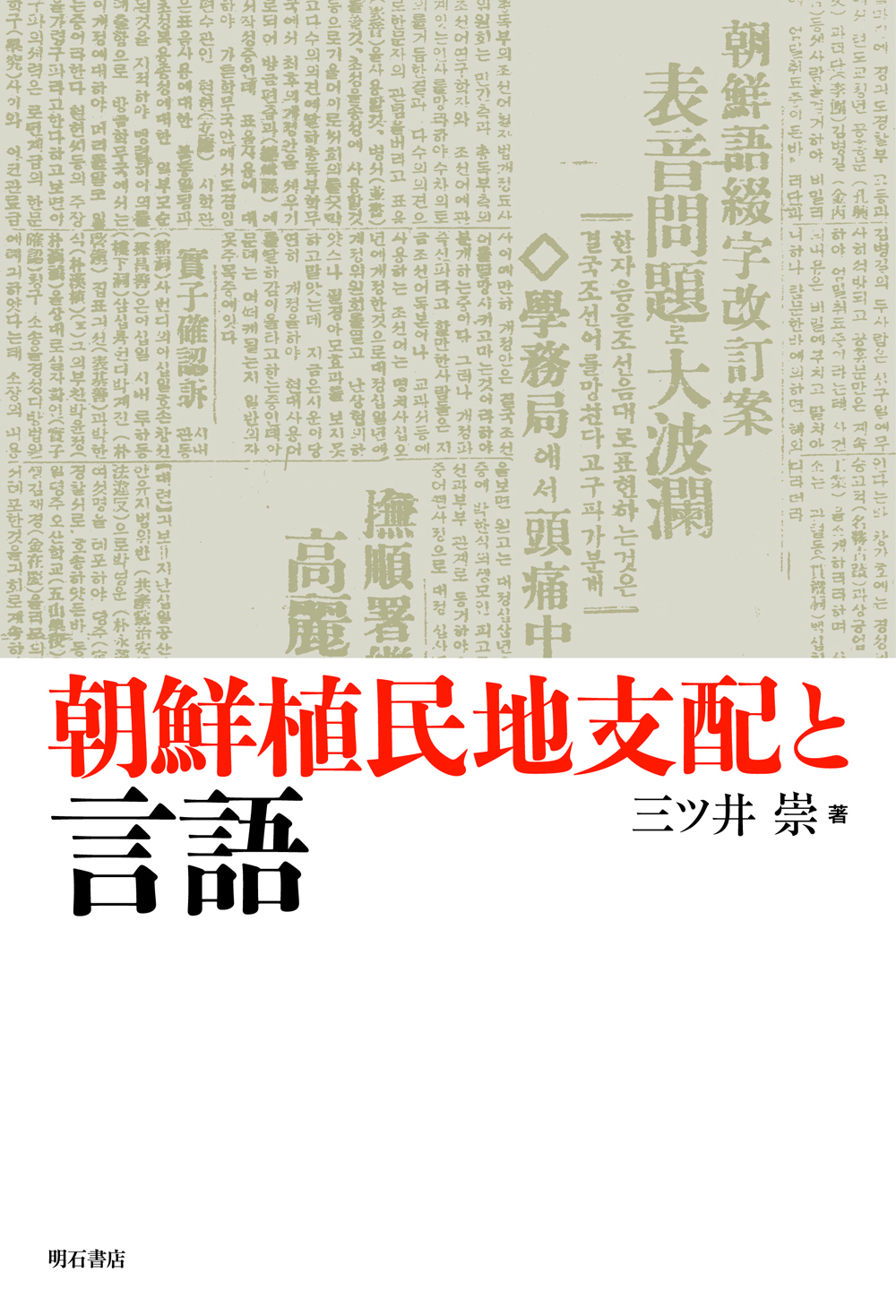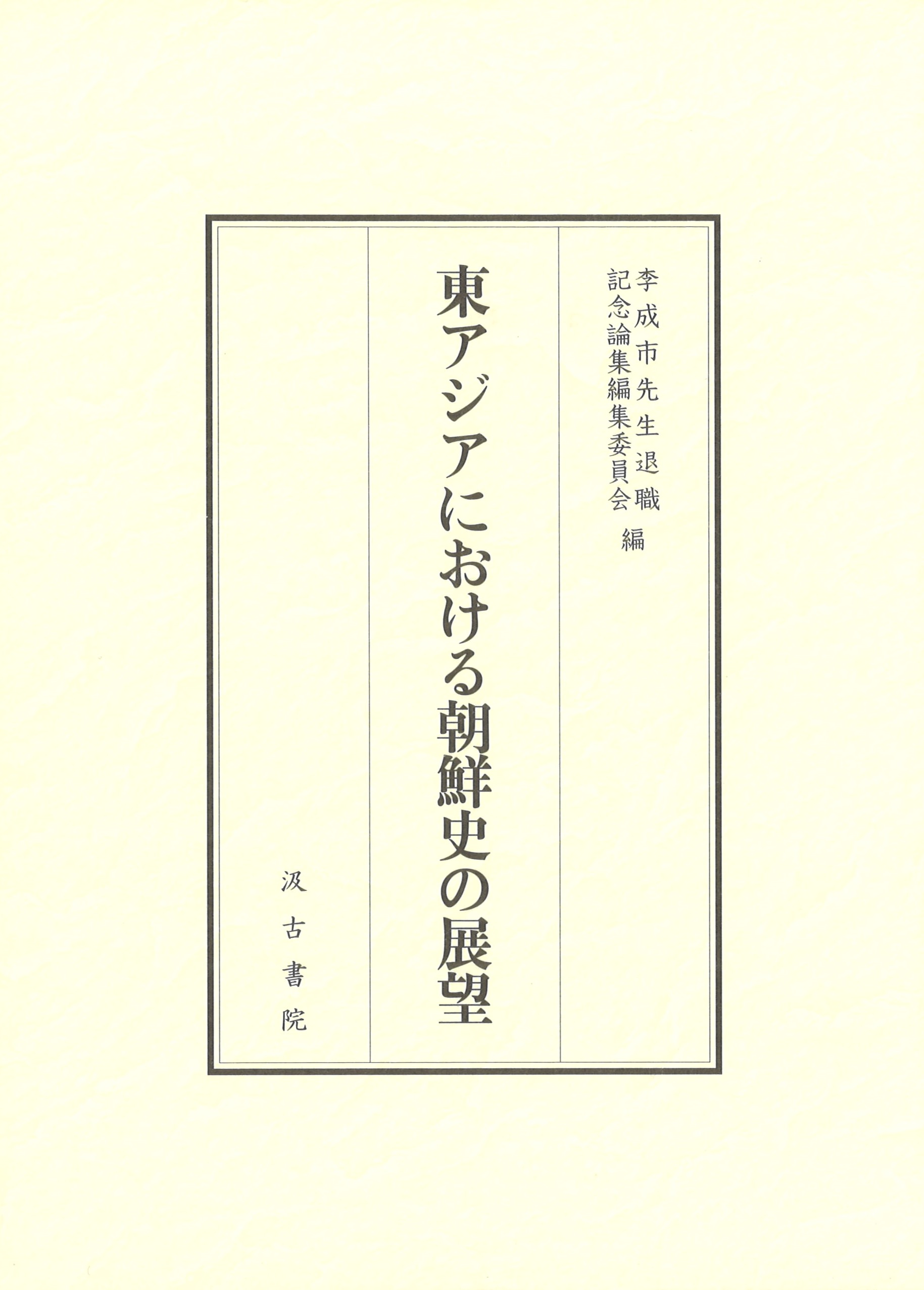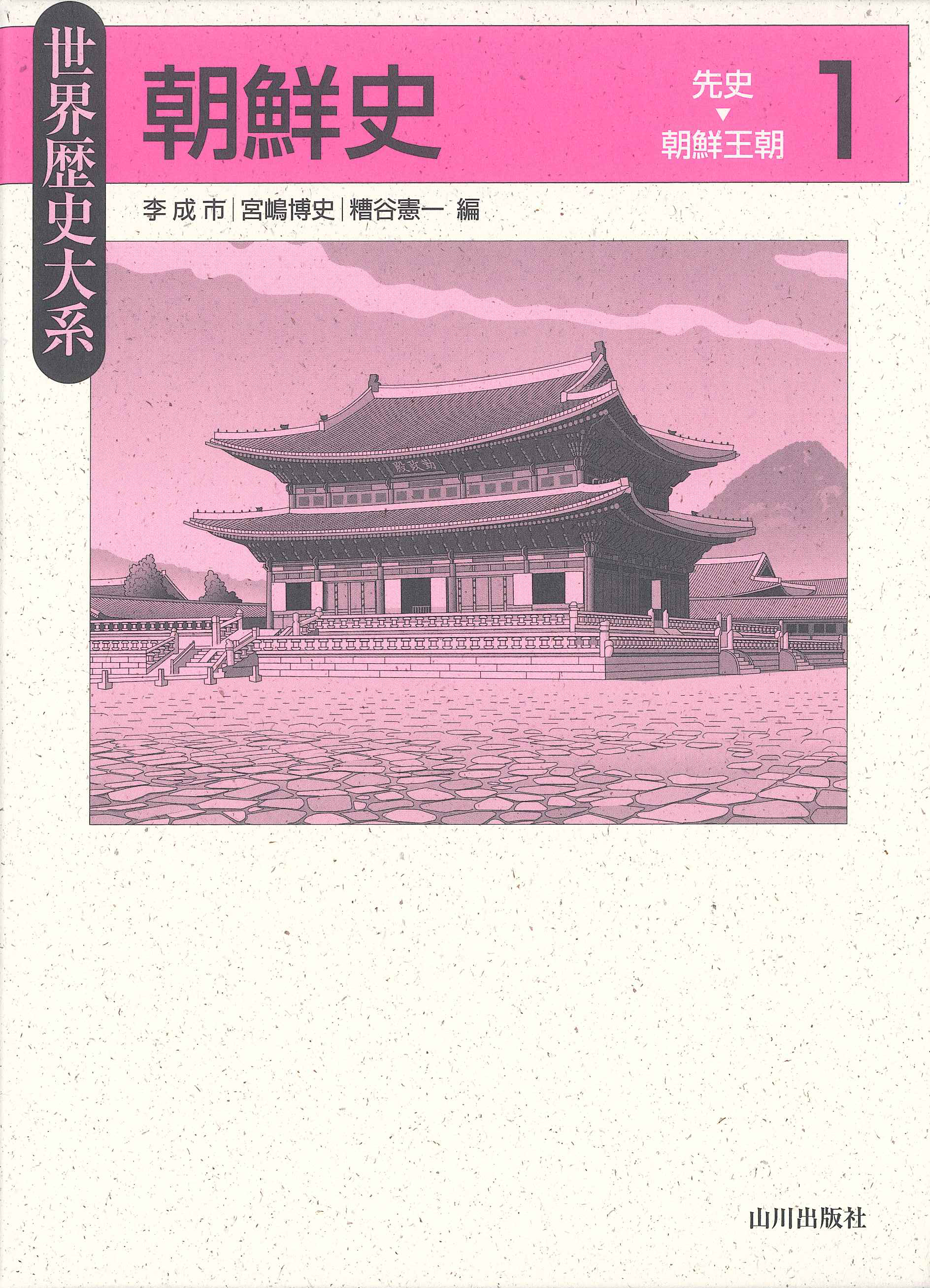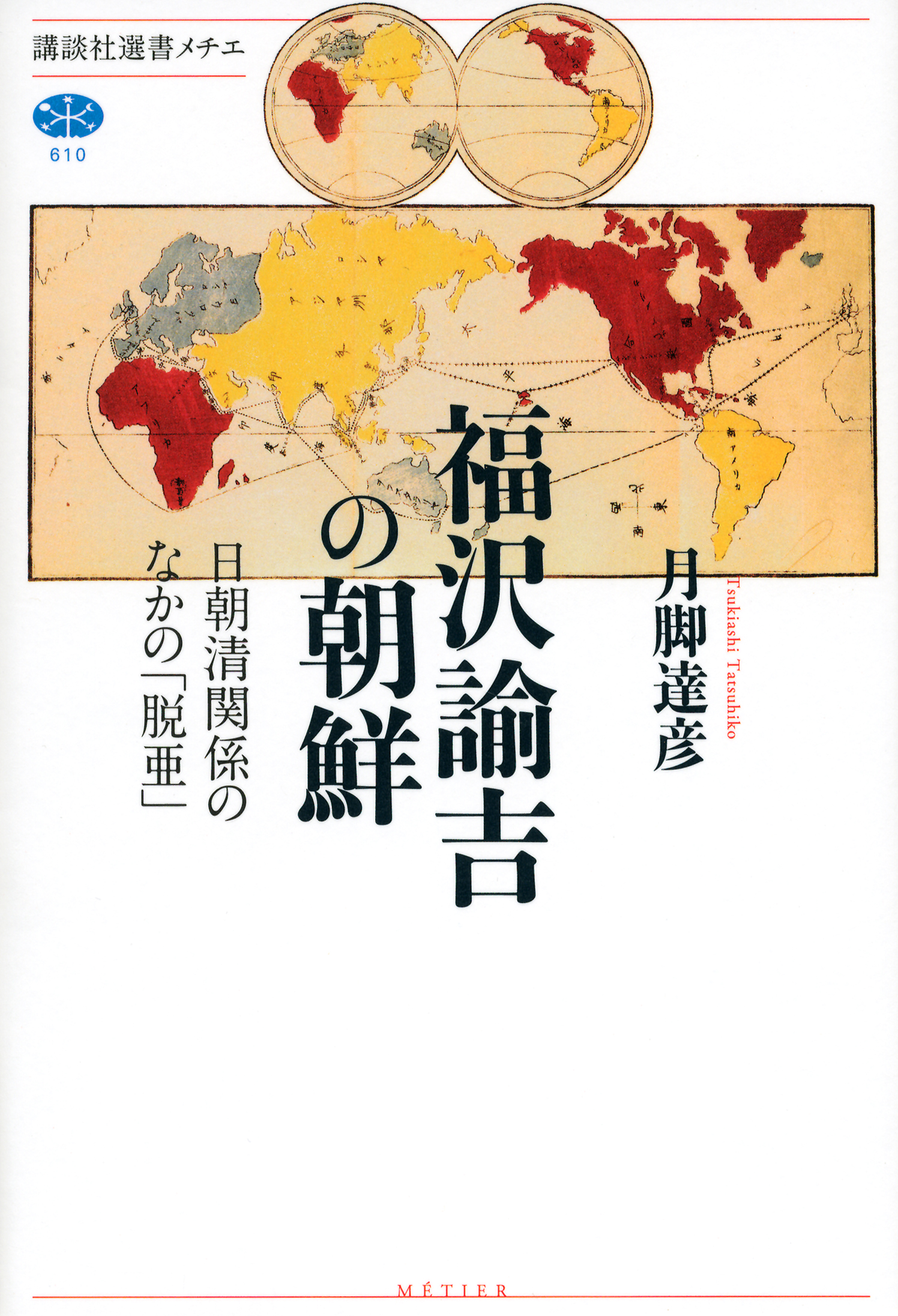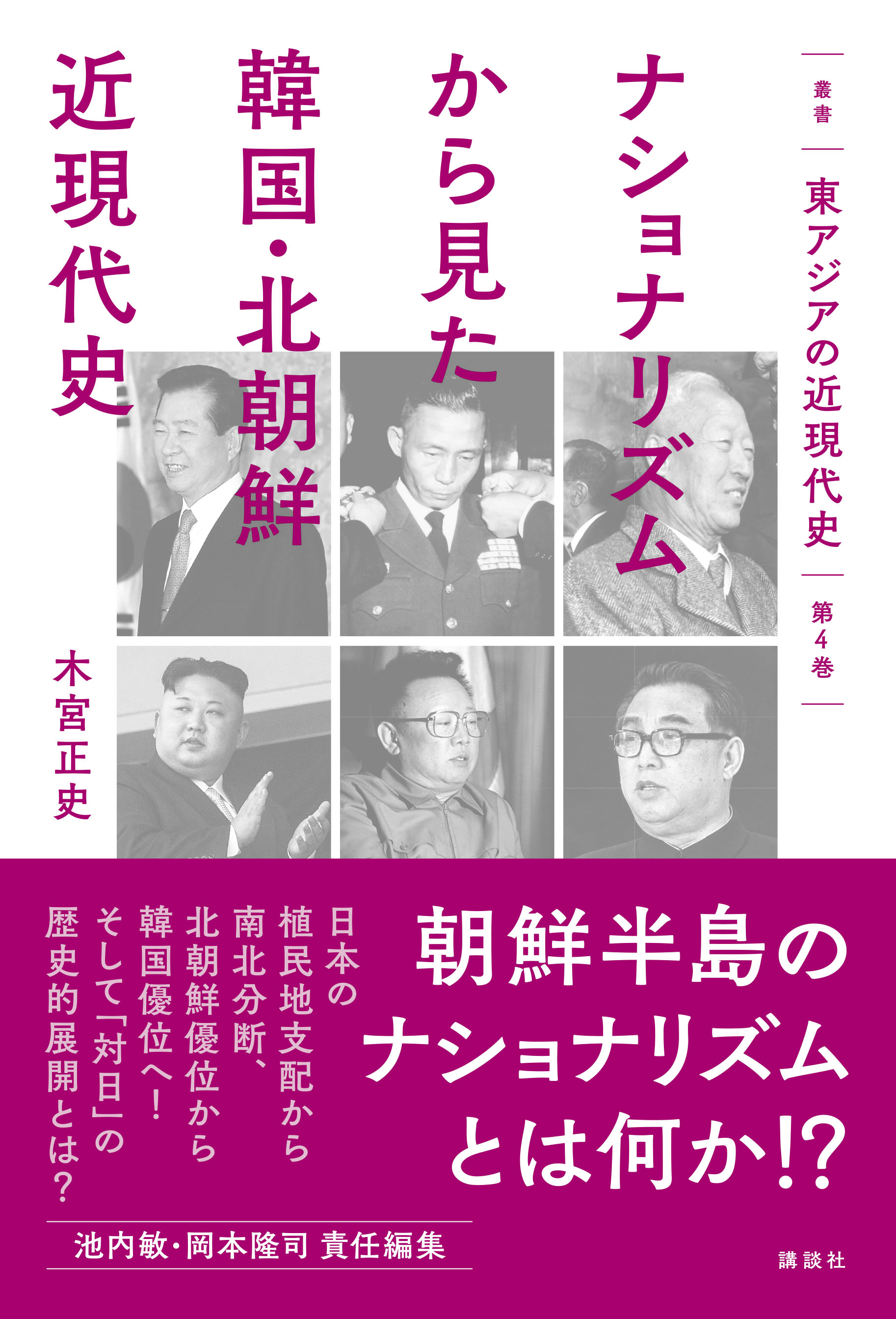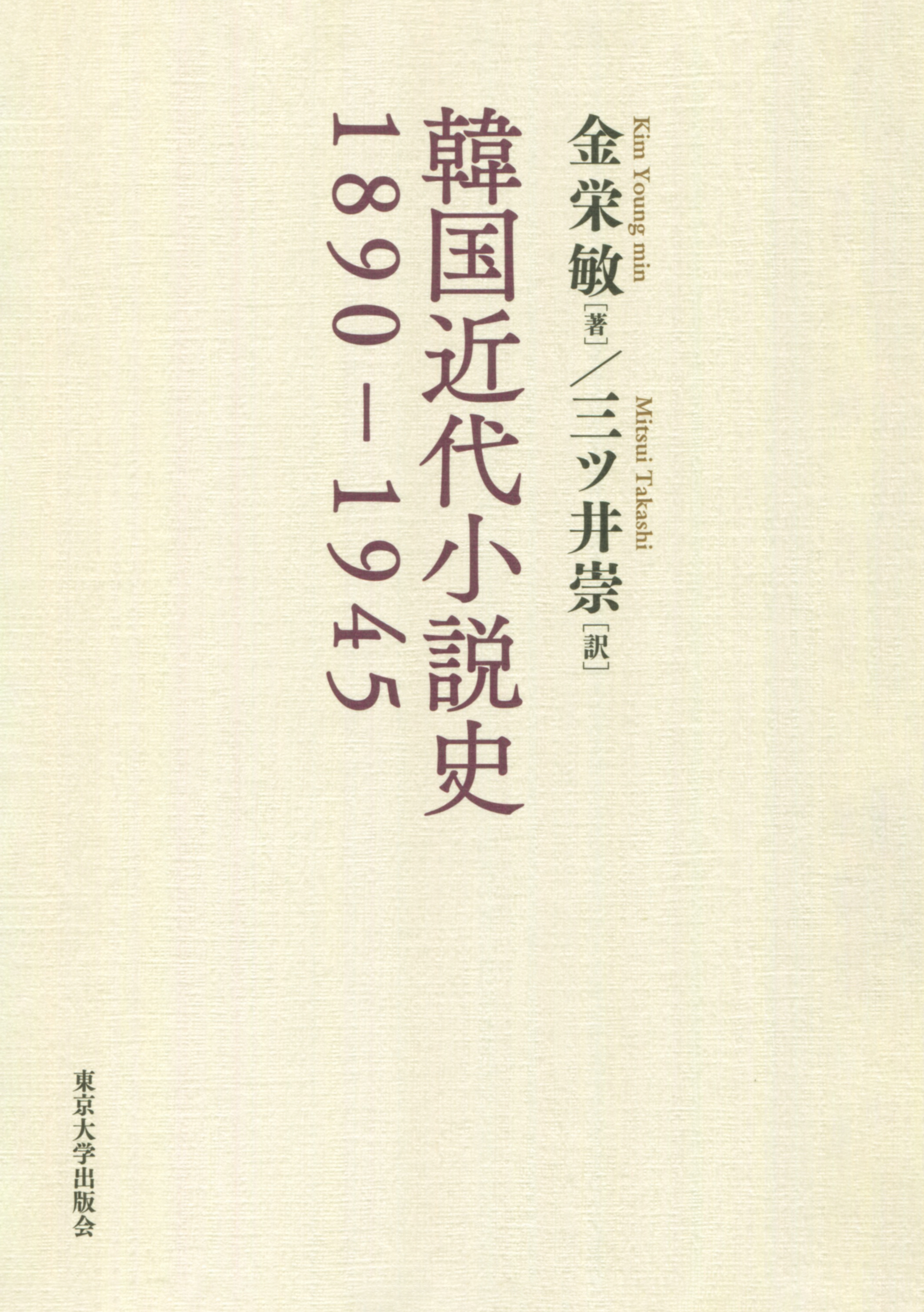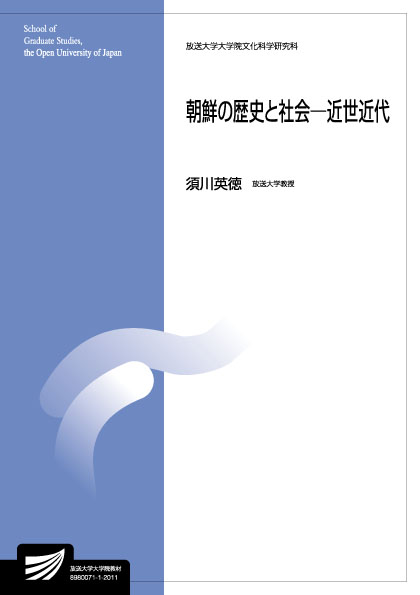
Title
Humanities Program Chosen no Rekishi to Shakai (Korean History and Society: The Early Modern and Modern Periods)
Size
360 pages, A5 format
Language
Japanese
Released
March, 2020
ISBN
978-4-595-14136-2
Published by
Foundation for the Promotion of The Open University of Japan
Book Info
See Book Availability at Library
Japanese Page
This book is a printed version of the teaching materials used in the course on “Korean History and Society: The Early Modern and Modern Periods (2020)” run by the School of Graduate Studies at the Open University of Japan. It was compiled by Sukawa Hidenori (Open University of Japan), who covers the period from the Koryŏ period to the second half of the Chosŏn period, and the other contributors are Tsukiashi Tatsuhiko (who covers the transition to the modern period) and Mitsui Takashi (who covers the Japanese colonial period), both of the University of Tokyo.
A striking feature of this book is that it seeks to reconsider the hitherto fixed understanding of Korean history centred on national history and based on a Eurocentric theoretical framework by paying attention to international influences, relativizing nationalism, and making use of new methods and perspectives such as “cultural history.” Rather than treating the establishment of capitalism in the modern period as an absolute benchmark and explaining the process that led there, Sukawa views the period from the seventeenth century onwards (i.e., the second half of the Chosŏn period) as Korea’s “early modern period,” a period of the spread of a global trading sphere to which Korea was connected either actively or passively. In order to gain an understanding of this second half of the Chosŏn period, he summarizes the history and society of the prior stages of the Koryŏ period and the first half of the Chosŏn period (chapters 2–7).
Tsukiashi criticizes the nation-centred and modernist understanding of modern Korean history by positioning Korea’s political history and history of political thought during the transition to the modern period in the context of the East Asian world. First, he examines the opening up of Korea in the second half of the nineteenth century in relation to the Sinocentric international order in East Asia in the early modern period and argues that the opening of Korea to Euro-American countries had a different meaning from Japan’s opening to these countries (chapter 8). Secondly, by positioning changes in Korea’s policies for opening up the country and for “enlightenment” in the midst of the transformation of the East Asian international order in the 1880s, he discusses aspects of Korea’s responses to the modern world that differed from those of Japan (chapter 9). Thirdly, he discusses the formation and development of Korean nationalism in the context of the dismantlement of the early modern East Asian international order after the Sino-Japanese War in connection with changes in Japan’s policies towards Korea (chapter 10).
With regard to the period of Japanese colonial rule of Korea covered by Mitsui, first, from a viewpoint that considers structural connections between trends in Korea and Japan and its other colonies, he positions colonial Korea in the context of the history of the Japanese “empire” (chapter 11). Secondly, rather than taking up important areas such as politics and the economy, he takes a “cultural” approach to discuss the tense relationship between the Japanese language and culture and the Korean language and culture (chapter 12). Thirdly, he summarizes the debate about the understanding of “modernization” and “modernity” in the history of colonial Korea and presents an attempt to analyze Korean society during the colonial period by relativizing the “modern period” (chapter 13). He points out imbalances in the reception and spread of “the modern,” competition and conflict between agents of “modernity,” the limitations of “modernity,” and the limitations of the dichotomy between “resistance” and “cooperation.”
Another distinctive feature of this book is that it describes the state of historical sources for studying each period and points to be noted when making use of them (chapter 14), and it also explains in concrete terms points to be noted when analyzing each period (chapter 15). While the contents of this book are geared towards graduate courses, the book has been written in such a way that it will also be helpful for undergraduate students.
(Written by TSUKIASHI Tatsuhiko and MITSUI Takashi, Professors, Graduate School of Arts and Sciences / 2022)



 Find a book
Find a book


